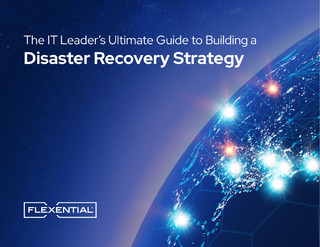IT is no longer a department but a fundamental service that functions as the operational backbone for most of today’s organizations. Even a minute of downtime can impact revenue and negatively affect your business’ reputation.
This increased responsibility for ensuring that applications, processes and systems that power business operations are highly available and resilient also means increased consequences for failure—at the very time that the twin threats of sophisticated cyberattacks and catastrophic natural disasters are growing. From 2018 to 2020, there have been 50 natural disasters costing the United States more than a billion dollars each, and global damages related to cybercrime are predicted to reach $6 trillion in 2021.
While cyberattacks and catastrophic natural disasters are the threats that get the most attention, there are a number of other events that can precipitate a crisis, from sudden business disruptions or organizational changes to malware and ransomware, human error and simple equipment failure.
All of these threats come with a price tag attached. Data centers now power everything from customer transactions to operations. This means that exposure due to interrupted service on mission-critical applications and breaches of confidential data can negatively impact every aspect of a business.


